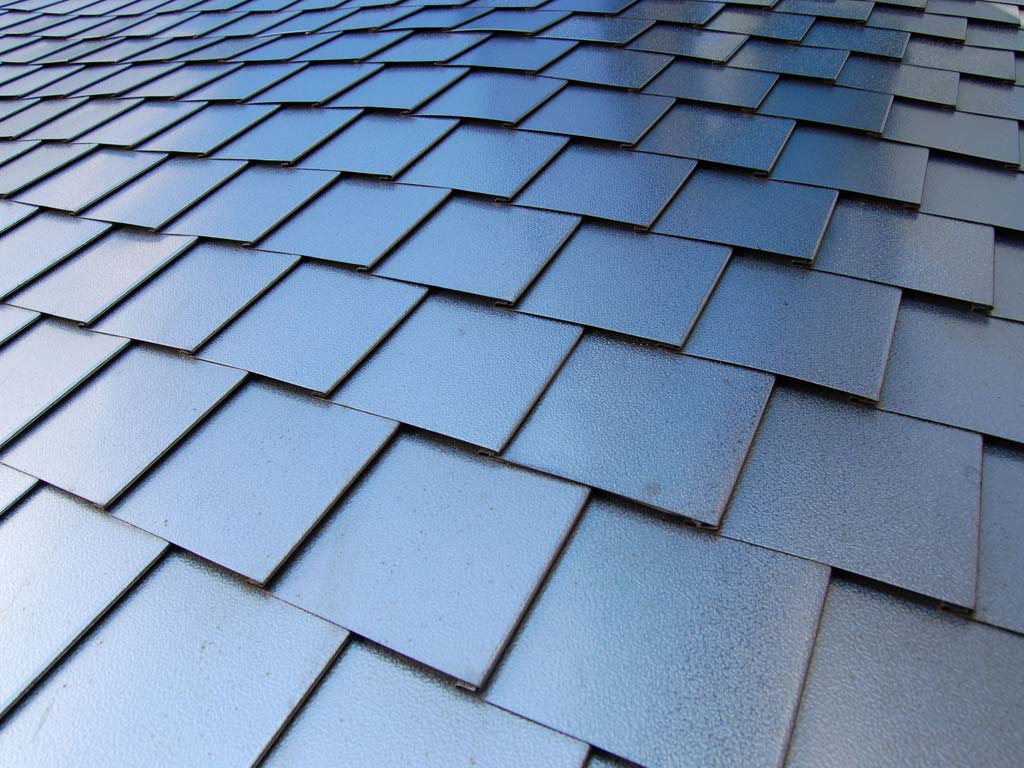




Concrete, after being mixed at a batching plant starts its life as a fluid liquid consisting mostly of sand, aggregate, cement and water. Many chemical reactions occur during the curing process to convert a fluid liquid material that can be easily shaped in many ways to then become a hard ridged solid material that can last for many decades.
The curing process for concrete never stops, just slows, and will continue for the life of the concrete structure.
Chemical reactions continue to take place over the life of the concrete structure, not just the initial curing process of the concrete, but also many unwanted chemical reactions may occur.
As the concrete ages the atmosphere and the environment will also influence chemical reactions within the concrete matrix.
The three most common forms of chemical attack from the atmosphere and environment on concrete are carbonation, chloride and sulphate attack.
Unfortunately by the time there are visible signs such as rust staining, spalling, cracking or degradation the attack has been underway for many years and may be too late for preventive measures and the only option may be rectification and major repairs of the structure. Concrete testing for chlorides, sulphates and carbonation can easily measure the degree of attack and is an important factor to always consider when looking into preventive measures or concrete rectification and repairs. After all if it’s worth building or repairing its worth Diagnosing.
Alkali Silica Reaction (ASR) and Alkali Carbonate Reactions (ACR) can also be influenced by environmental moisture, but are mostly contributed to the original mix and the reactiveness of the cement paste and aggregate particles.


Concrete Testing - Chemical

Concrete structures in aggressive environments require on-going inspection and monitoring programs. To the left is a picture of an investigation into environmental influences on concrete members within tidal zones located under the Brisbane boardwalk.